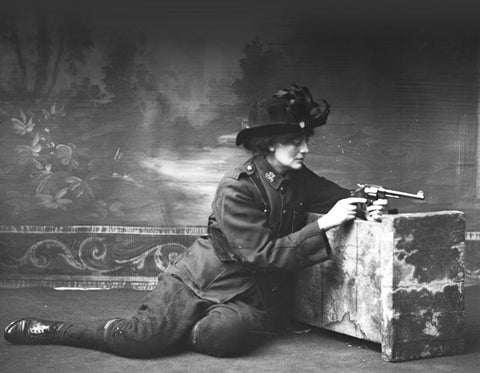
On the first day of the rising, Pádraig Pierce stood on the steps of the General Post Office and read out the proclamation of the Irish Republic. The verse ‘Ireland has organised and trained her manhood’ has always stuck out as odd from that revolutionary document, not least because many women had a huge part in the rising.
Countess Markievicz (née Gore-Booth) is the best known in national memory. She was one of the volunteers who occupied Stephen’s Green in central Dublin. Despite the tactically hopeless position, she survived, even wounding a British sniper on one of the surrounding buildings. She went on to become the first woman elected to British parliament, although abstaining as all Sinn Fein politicians did.
Though much of the Cumann na mBan, the Republican female paramilitary, acted as medics and couriers during the rising, many played an active combat role. Scottish born Margaret Skinnider was a school teacher before the rising, and a sniper during. She was one of the few women injured, taking three bullets.
Independence from British rule that came six years later gave women, for the first time, equal suffrage to men.
In no small part thanks to Ireland’s womanhood.

